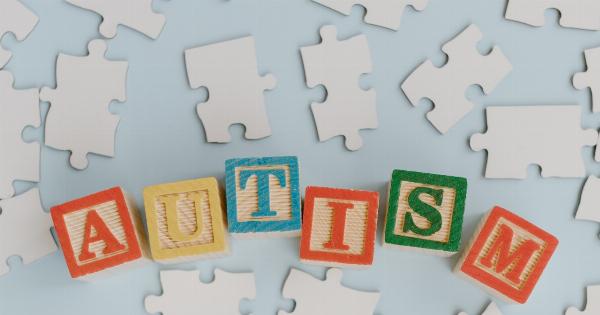Autism is a complex neurodevelopmental disorder that affects individuals differently. It is characterized by difficulties in social interaction, communication challenges, and repetitive behavior patterns.
Understanding the specific needs of a child with autism is crucial for parents, caregivers, and educators to provide appropriate support and maximize their potential for growth and development. In this article, we will explore three key features of autism that are essential to comprehend in order to better understand and meet your child’s needs.
1. Social Interaction Challenges
One of the primary characteristics of autism is difficulties in social interaction. Children with autism often struggle with understanding social cues, expressing empathy, and forming and maintaining relationships.
They may have difficulty making eye contact, responding to their name, or engaging in reciprocal conversations.
It is crucial to be patient and understanding when interacting with a child with autism. Encouraging social learning and providing structured opportunities for social interaction can help them develop and improve their social skills.
Creating a predictable and safe environment with clear expectations and routines can also alleviate anxiety and promote positive social interactions.
2. Communication Differences
Communication challenges are another significant feature of autism. Some children with autism may have delayed language development or struggle with verbal communication entirely.
Others may have a large vocabulary but struggle with understanding and using language effectively in social contexts.
Alternative forms of communication, such as picture-based systems or augmentative and alternative communication (AAC) devices, can be beneficial for children with autism who have limited verbal skills.
These communication aids can help them express their needs, wants, and thoughts, reducing frustration and facilitating better communication with others.
Additionally, using visual supports, such as visual schedules or social stories, can enhance communication and comprehension for children with autism.
These tools provide visual cues and step-by-step instructions, promoting understanding and independence in various situations.
3. Repetitive Behavior Patterns
Repetitive behavior patterns are a common characteristic of autism. These behaviors can manifest as repetitive movements, restricted interests, or adherence to strict routines.
Some children with autism may exhibit repetitive actions, such as hand-flapping, rocking, or pacing, as a way to self-regulate or cope with sensory overload.
Understanding the function of these repetitive behaviors is crucial. Instead of trying to eliminate them, it is important to find ways to redirect or replace them with more appropriate alternatives.
Occupational therapy and sensory integration techniques can help children with autism manage sensory sensitivities and develop alternative coping strategies.
Providing a structured environment and predictable routines can also help children with autism feel more secure and reduce anxiety related to changes or transitions.
Engaging them in activities related to their specific interests can be a powerful motivator and a way to foster their strengths and talents.
Conclusion
By understanding the three key features of autism – social interaction challenges, communication differences, and repetitive behavior patterns – parents, caregivers, and educators can better support children with autism.
Patience, empathy, and individualized strategies are essential when addressing the unique needs of each child with autism. With appropriate understanding and support, children with autism can thrive and reach their full potential.































